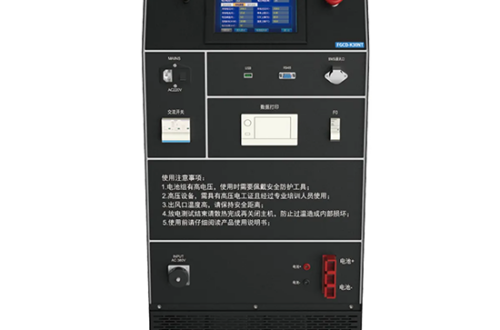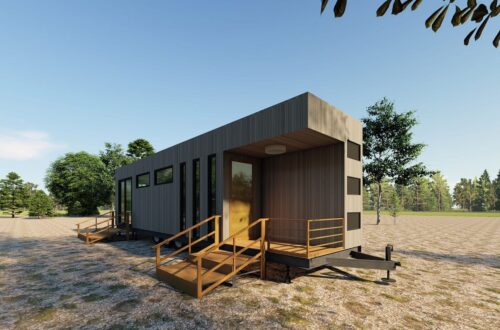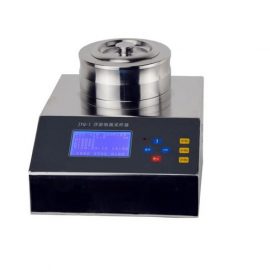The Ultimate Guide to Tissue Paper Making Machines: Efficiency, Innovation, and Cost-Effectiveness
The Ultimate Guide to Tissue Paper Making Machines: Efficiency, Innovation, and Cost-Effectiveness
In today’s competitive tissue manufacturing industry, investing in the right tissue paper making machine is critical for maximizing productivity and profitability. These advanced systems combine cutting-edge technology with robust engineering to transform raw materials into high-quality tissue products efficiently. Whether you’re expanding an existing facility or entering the tissue production market, understanding the core components and operational advantages of modern tissue machinery is essential for long-term success.
Advanced Automation and Control Systems
Modern tissue paper making machines incorporate sophisticated automation that revolutionizes production monitoring and quality control. Integrated sensors and AI-driven analytics continuously track parameters like basis weight, moisture content, and tensile strength, enabling real-time adjustments for consistent product quality. This automation significantly reduces manual intervention while minimizing material waste and energy consumption, delivering substantial operational cost savings over traditional manufacturing approaches.
Energy-Efficient Drying Technologies
Contemporary tissue machines feature innovative drying systems that optimize thermal efficiency while maintaining superior product characteristics. Advanced hood designs and heat recovery mechanisms capture and reuse thermal energy, reducing overall energy requirements by up to 30% compared to conventional systems. These innovations not only lower operational costs but also contribute to environmental sustainability goals, making them increasingly popular among eco-conscious manufacturers.
Key Factors Driving Manufacturing Efficiency
The operational efficiency of tissue paper making machine systems directly impacts production capacity and overall profitability. Several critical factors determine machine performance, from raw material selection to maintenance protocols and production speed optimization.
Raw Material Flexibility and Optimization
Leading tissue machines demonstrate remarkable versatility in processing various pulp types, including virgin fiber, recycled content, and specialized bamboo or bagasse materials. This flexibility allows manufacturers to adapt to market demands and raw material availability while maintaining consistent product quality. Advanced forming sections and press configurations ensure optimal fiber distribution and water removal across different material compositions.
Predictive Maintenance Integration
Smart monitoring systems in modern tissue equipment enable predictive maintenance strategies that prevent unexpected downtime. Vibration analysis, thermal imaging, and performance trending identify potential issues before they escalate into major failures. This proactive approach extends equipment lifespan while maintaining consistent production output and reducing repair costs by up to 40% compared to reactive maintenance models.
Frequently Asked Questions
What is the typical production capacity of industrial tissue paper making machines?
Industrial-scale tissue machines typically produce between 20-200 tons per day, depending on machine width, design speed, and product specifications. High-speed machines can reach operating speeds exceeding 2,000 meters per minute for standard tissue grades.
How long does installation and commissioning usually take?
Complete installation and commissioning typically requires 3-6 months for standard configurations, though this timeline can vary based on machine complexity, facility preparation, and local regulatory requirements. Comprehensive training and production validation are included in this timeframe.
What are the main cost considerations beyond the initial equipment investment?
Beyond the machine purchase price, manufacturers should budget for installation, utility connections, raw material inventory, operational labor, maintenance contracts, and energy consumption. Modern energy-efficient designs typically provide a return on investment within 2-3 years through reduced operational expenses.
Ready to Transform Your Tissue Production Capabilities?
Investing in the right tissue paper making machine technology can revolutionize your manufacturing efficiency and product quality. Our experts are ready to help you evaluate your specific requirements and identify the optimal solution for your production


